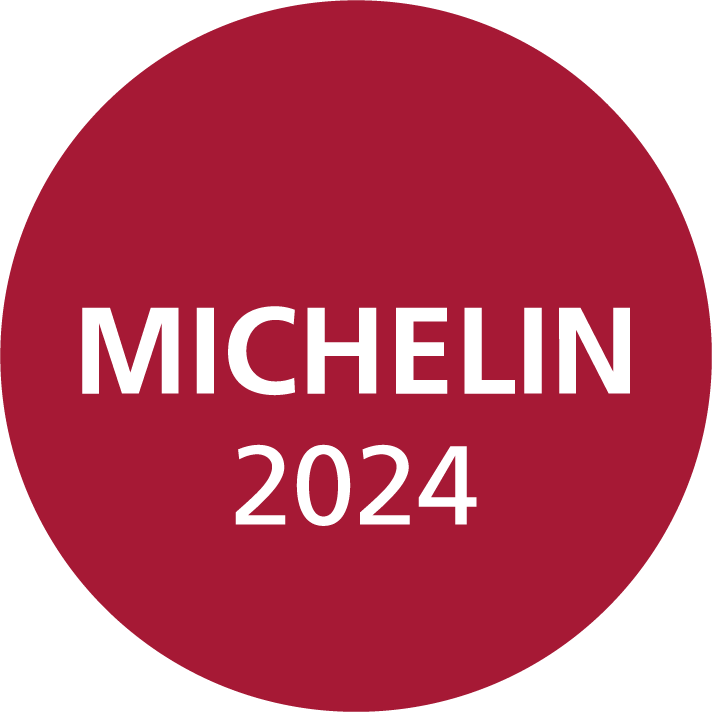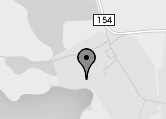Riviera Redux

by Klara Glowczewska
 |
| March 2005 |
The southern Baltic coast has miles of unspoiled beaches, classic Belle Epoque hotels and spas, cities layered with history. And some of the best values in Europe. Klara Glowczewska celebrates a major comeback
/-/
At Pädaste Manor, our next stop, a restored Balt German manor house on the southern tip of tiny eighty-square-mile Muhu Island, off Estonia’s western coast, it feels as if we have landed on the moon. We spend the afternoon in a state of otherworldly peacefulness: a leisurely alfresco lunch, a swim off a dock accessorized with cream-colored canvas reclining chairs, a sauna, and now drinks on the lawn. The silence is overwhelming. Darkness descends at ten o’clock, the sky lit up by stars in a way I’ve seen only in Africa: They are big, bright, and seemingly everywhere. “Look, Mom, it looks like Van Gogh’s Starry Night,” my daughter exclaims from her chaise longue facing the sea. An eleven-year-old moved to making art history references?
We’ve come here from Tallinn with Toomas, our Estonian driver, who will accompany us for the next two weeks and who, although English-speaking, is so laconic that he is rarely moved to say anything at all. We head first for Virtsu, a little port on the mainland, and then board a ferry for the half-hour crossing to Muhu. The overriding impression all about is of stillness and pale translucence. The sky, the water (it’s the Gulf of Finland here), the birch-and-pine forests, and the flat islands on the horizon—there are more than 1,500 of them, many uninhabited—look as if someone has painted over the more usual vivid blues and greens with a delicate coat of whitewash.
The three-story Pädaste manor house began its life in the fourteenth century as the seat of a family of German crusader-conquerors, the Von Buxhoevedens, who lived there for seven centuries. That era ended summarily in 1919 with the Bolsheviks’ arrival. After Estonia’s incorporation into the Soviet Union, the manor was used for several decades as a senior citizens’ home, and then was simply abandoned and left to looters. In 1996, five years after Estonia regained its independence, Imre Sooäär, a native of Muhu who had emigrated to Canada in the 1980s to escape the Soviet draft, was looking for a way to invest in his country’s reconstruction and bought the property with his Dutch partner, Martin Breuer. They have been restoring it, piece by piece, ever since.
The details of this story may change, but its broad outlines—grand house trashed and left for a ruin during Soviet times, now brought back to life as a small, exclusive hotel under enterprising and dedicated private ownership—is something I’ll hear again and again. It is the story of the boutiquing of the Baltic, and it is made possible, ironically, by a side effect of decades of Soviet domination: a state of quite un-European-like underdevelopment. All the islands in Estonia’s western archipelago, for instance (as well as large stretches of Latvia’s coastline and bits of Lithuania’s) were for fifty years part of the closed Soviet security zone. No one, and nothing, was allowed in. As a result, they have all the charm of a world that time forgot. “There is no pollution here,” Sooäär points out. “And there is enormous biodiversity. Wild orchids grow in the forest.”
We can’t leave without seeing the pagan burial ground, Sooäär and Breuer insist. We walk single file through the forest and come upon an ancient arrangement of stones and boulders—”three or four thousand years old,” says Breuer. While this mysterious site is still largely unvisited—there isn’t even a sign along the road to indicate its presence—that will change soon, Breuer thinks. I watch Alexander maniacally smashing wild hazelnuts against the stones. “Do you know what the fastest-growing religion in Estonia is?” Breuer asks. “Pagan beliefs.”
Paganism is definitely in full swing back on the mainland, fifty miles southeast in the resort town of Pärnu, a.k.a. Estonia’s “summer capital.” Its mile-long swath of white beach backed by low dunes is teeming with sun- and body-worshippers, thong bikinis, volleyball nets, and—because play is not just for kids here—adults-only seesaws: enormous bright-yellow metal contraptions you’re meant not to sit on but to hang from, and whose hand grips only adults are tall enough to reach.
/-/
I have been traveling for two weeks now, tracing a seven-hundred-mile route along the shores of the Baltic, through Estonia, Latvia, and Lithuania (the three so-called Baltic republics), skirting Kaliningrad, the little bit of this coast Russia kept for itself, and finally crossing into Poland. What drew me here was the Baltic’s eastern and southern parts, known for millennia as the Amber Coast. It was amber—the hard golden substance formed in the waters of the Baltic from the resin of a particular species of coniferous tree that grew here forty-five or fifty million years ago—that first attracted the world’s attention to these shores. Traders from around continental Europe’s other sea, the Mediterranean, arrived in these parts in search of the exotic stuff that the ancient Greeks called elektron, or “substance of the sun,” and the ancient Romans prized as an object of luxury. After eighteenth-century Europeans invented the seaside vacation, the Amber Coast cashed in in other ways: Its hundreds of miles of white-sand beaches backed by dunes and pine forests attracted Balts, Russians, Germans, Poles, and Swedes to the spas and rest homes, or Kurhäuser, that came to dot its shores. This was the Baltic Riviera.
/-/
The Baltic Coast: Places & Prices
/-/
The drive from Tallinn to Virtsu, where the ferry departs for Muhu and Saaremaa, takes an hour and a half. Reserve in advance: In high summer, the lines can be long. Muhu’s
Pädaste Manor
, a world-class small hotel and spa, is the perfect base for exploring both islands. It has 13 rooms, with 12 to be added, and its restaurant, the Seahouse, is first-rate (372-454-8800;
; doubles, $118-$216; entrées, $15-$24; handicapped-friendly). On much larger Saaremaa (connected to Muhu by a causeway), the
Daissy Hotel and Restaurant
is notable only for its superb dining room (372-453-3669; entrées, $8-$10).
Full article on the Condé Nast Traveler home page.






